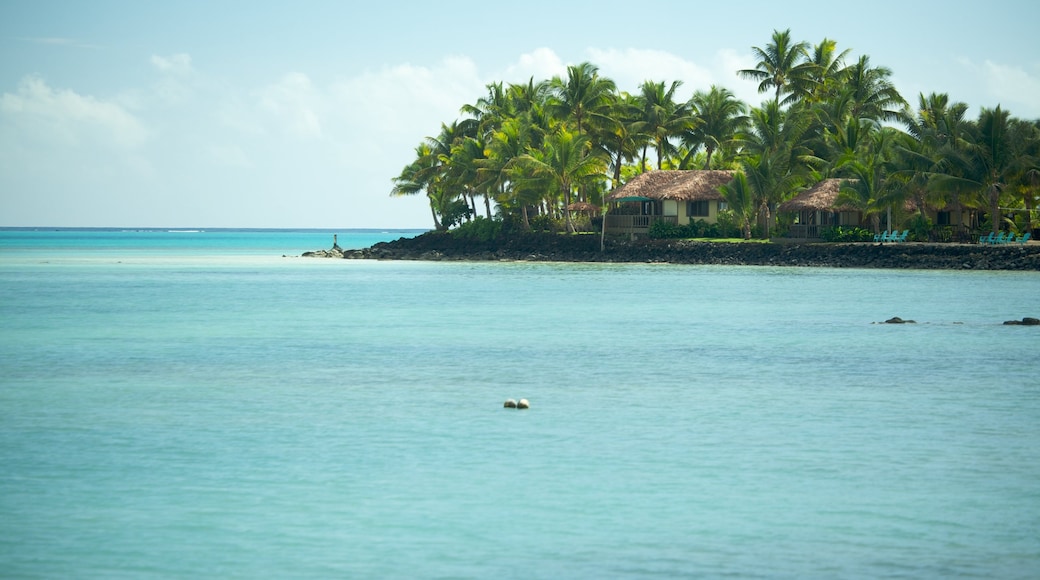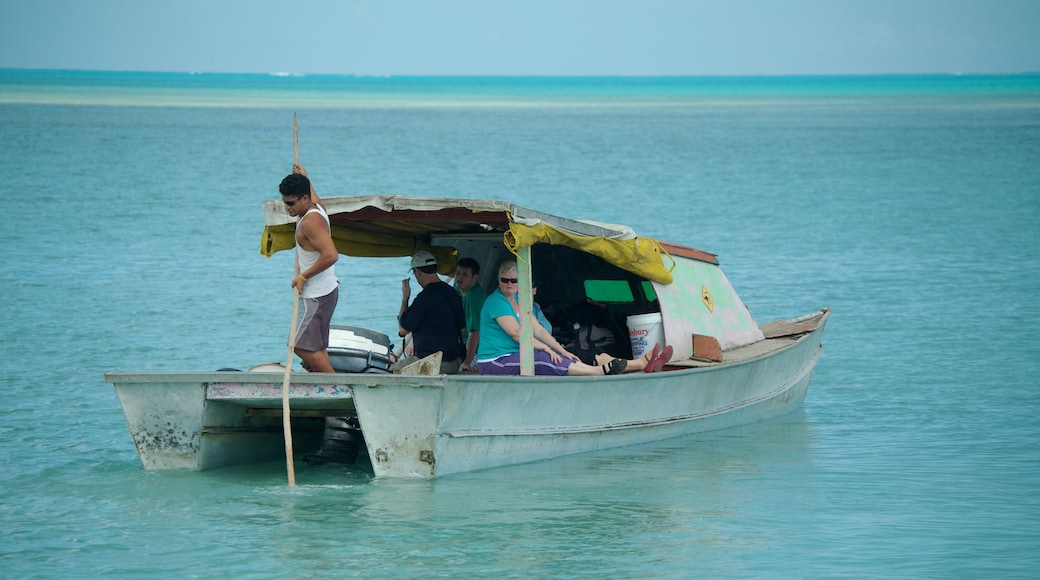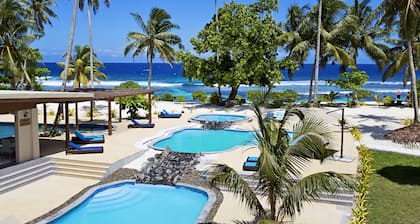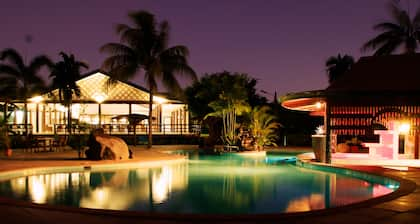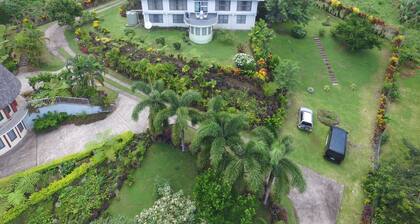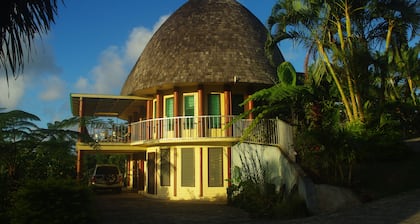Manono is the third-largest island in Samoa, but even at a leisurely pace, a walk around Manono’s perimeter will take little more than 2 hours. So, take your time choosing your favourite beach and cool down in the tranquil lagoons or nap under the shade of a palm grove. Extend your walk by exploring the island’s interior, where archaeological sites are waiting to be discovered. If you have time to spend the night here, sleep in a fale, a traditional hut, and eat traditional food prepared by the welcoming locals.
Manono measures just 3 square kilometres (1 square mile).With a population of less than a thousand people, spread between four sleepy fishing villages, this island is the perfect place to come to if you are hoping to find true peace and quiet. Cars, bicycles and even dogs and horses are banned on the island. Electricity was only introduced in 1995 but it doesn’t seem to have affected the traditional way of life a great deal yet.
Explore rock pools in empty coves at low tide and swim in the clear waters of the lagoon at high tide. Bring mask, fins and snorkel to dive beneath the water and see the colourful fish and coral species in this protected marine environment.
Make sure you also visit Manono’s historical sites. At the top of the island’s highest mountain, the 360-foot (110-metre) Mount Tulimanuiva, you’ll find the ancient 12-pointed star. Head to the village of Lepuiai to see the Grave of 99 Stones. Each of the stones is said to represent one of the wives of Vaovasa, an ancient chief.
Get to Manono by taking the ferry from Manono-uta on Upolu Island. The journey takes about 20 minutes. You can easily see all the sites in a day, but if the clear waters and serene atmosphere have an irresistible appeal to you, then arrange with a local to stay a night or two in a traditional, open-air fale. Be aware that Sundays are strictly reserved for churchgoing and that almost all the island’s facilities close.
